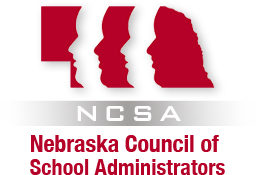Dr. Laura Salem
English Language Learners are a growing population in schools in the United States. There are many challenges that face this group of students in addition to learning English as a new language. A major issue for teachers, schools, and districts is determining whether an English Language Learner is experiencing academic difficulties based on issues primarily related to language acquisition or whether a learning disability is contributing to the academic challenges. As a result, English Language Learners are often misidentified for Special Education services and may be placed in classrooms that are not adequately prepared or appropriate to meet their needs.
The purpose of this study is to describe the perceptions of educators in an urban, Midwestern school district who participated in a collaborative problem solving process for identifying and addressing the academic needs of English Language Learners who may require a future referral for Special Education services. Deciphering the differences between language acquisition and learning disabilities is difficult for educators. I used a narrative method of inquiry for this qualitative study in order to describe the perceptions and experiences of the educators involved in the English Language Learner/Special Education Collaborative Problem Solving Process pilot.
Collecting the stories of the participants provided an opportunity to make sense of their experiences. By better understanding the perceptions and experiences of educators, a more efficient and systematic process could be developed for schools to follow when making decisions about which English Language Learners to recommend for a referral for a Special Education evaluation.
























